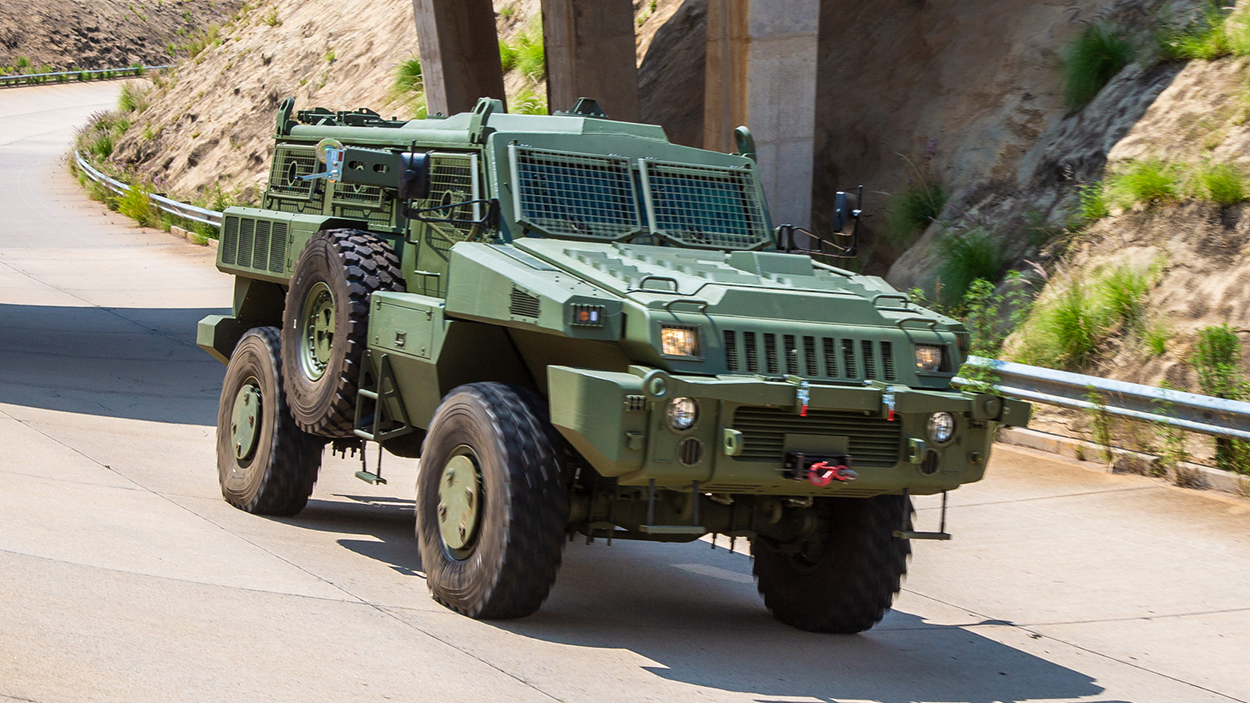Armoured cars are specially designed vehicles that provide enhanced protection to occupants against various threats such as ballistic projectiles, explosives, and ambush attacks. One of the critical factors that determine the effectiveness of armoured cars is the choice of armour materials and the protection levels they offer. In this article, we will delve into the significance of armour materials and protection levels in armoured cars, exploring their role in ensuring the safety and survivability of occupants in high-risk situations.
Body:
- Importance of Armour Materials: Armour materials form the backbone of any armoured car’s protection system. These materials are specifically chosen for their ability to withstand and mitigate various types of threats. The primary goal is to create a protective barrier that can prevent or significantly reduce the penetration of projectiles and fragments. Common armour materials used in armoured cars include hardened steel, ceramic composites, and advanced synthetic materials like aramid fibers.
- Ballistic Protection Levels: Armoured cars are designed to provide varying levels of ballistic protection, depending on the specific requirements and threats faced by the vehicle and its occupants. Ballistic protection levels are categorized according to standardized rating systems such as the National Institute of Justice (NIJ) standards or the European Standardization Committee (CEN) standards. These levels indicate the maximum caliber and velocity of bullets that the armour can resist. Ranging from Level I to Level IV, each level represents an increased level of protection.
- Blast and Explosion Protection: In addition to ballistic threats, armoured cars must also be capable of withstanding blasts and explosions. This requires a different set of armour materials and design considerations. Armoured cars often incorporate features such as blast-resistant floors, reinforced doors, and specially designed windows to mitigate the effects of explosive devices. The materials used in blast protection must be able to absorb and dissipate the energy generated during an explosion, minimizing the impact on the vehicle and its occupants.
- Weight and Mobility Trade-Off: While the choice of armour materials and protection levels significantly enhances the safety of armoured cars, there is always a trade-off between protection and mobility. The stronger and heavier the armour, the slower and less maneuverable the vehicle becomes. Manufacturers must strike a balance between providing adequate protection and maintaining the mobility necessary for various operational scenarios. Advanced materials like composite ceramics and lightweight alloys help reduce the weight of armour while maintaining high levels of protection.
Conclusion:
In the world of armoured cars, the significance of armour materials and protection levels cannot be overstated. These factors directly impact the safety and survivability of occupants in high-risk situations. The choice of armour materials, such as hardened steel, composites, and advanced synthetic fibers, determines the vehicle’s ability to resist ballistic threats and withstand explosions. Furthermore, the selection of appropriate protection levels ensures that armoured cars meet the specific requirements of their operational environment. However, it’s important to strike a balance between protection and mobility, as heavier armour can impede vehicle maneuverability. As technology continues to advance, further improvements in armour materials and protection systems will enhance the safety of armoured cars and the individuals who rely on them in challenging and hostile environments.
